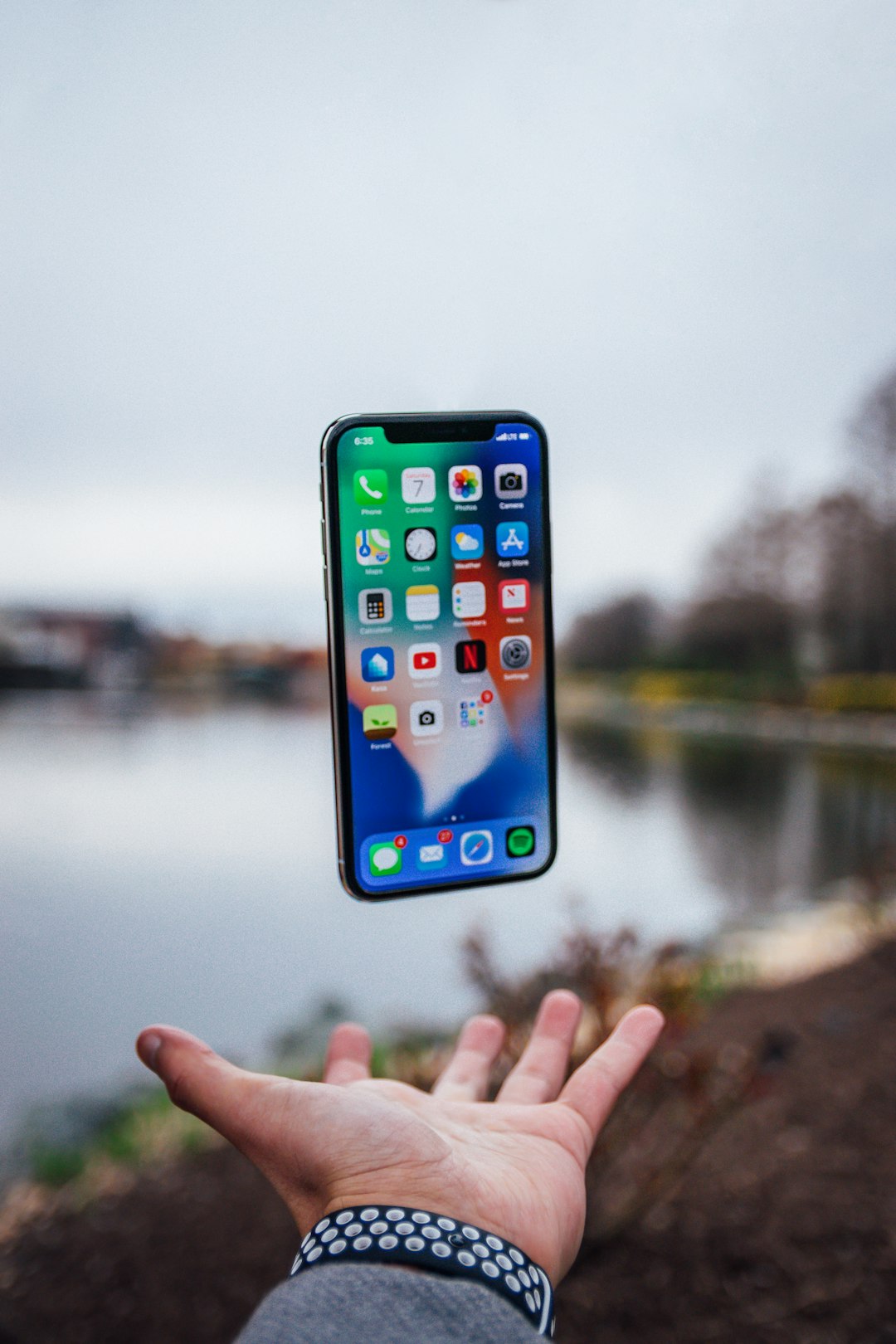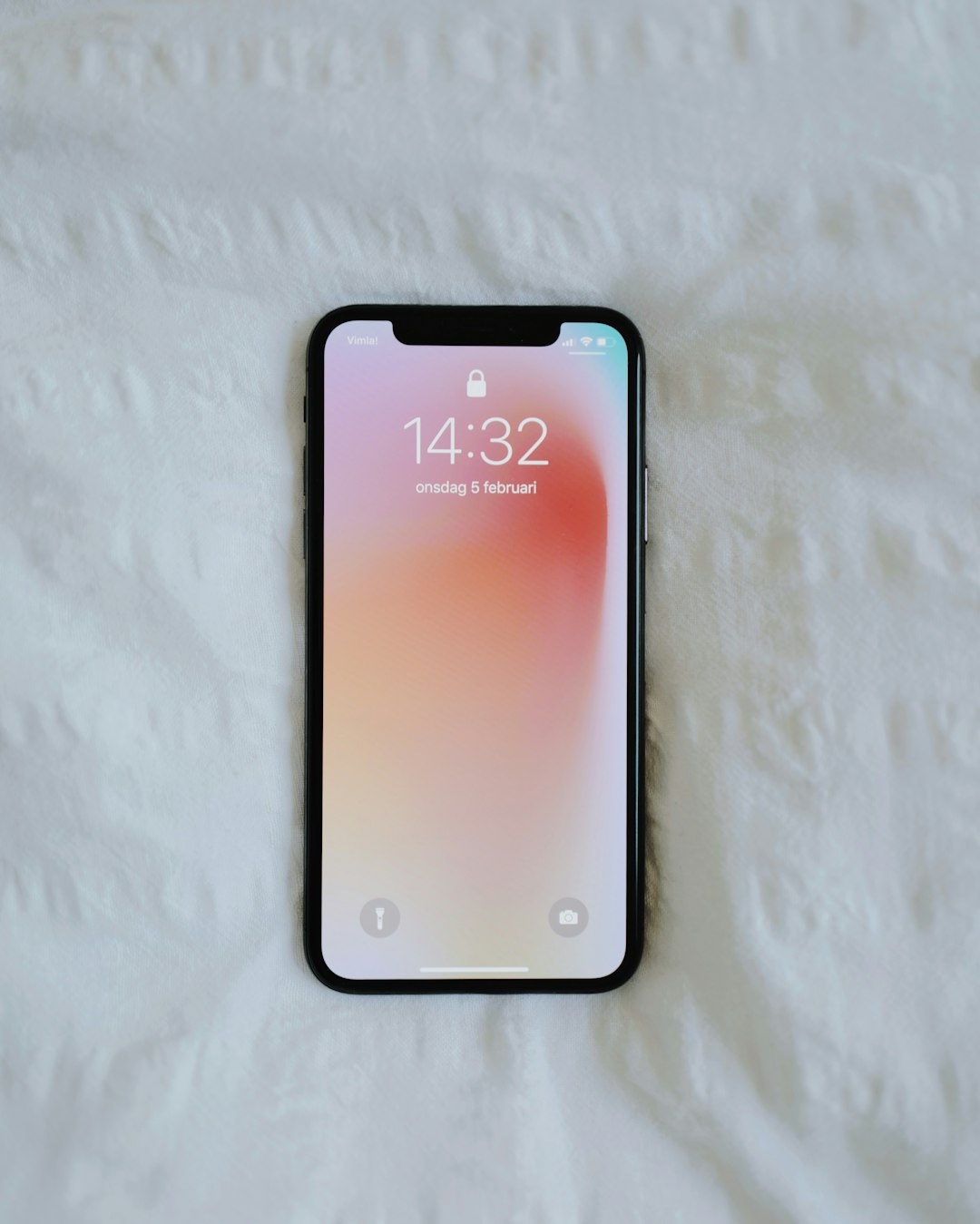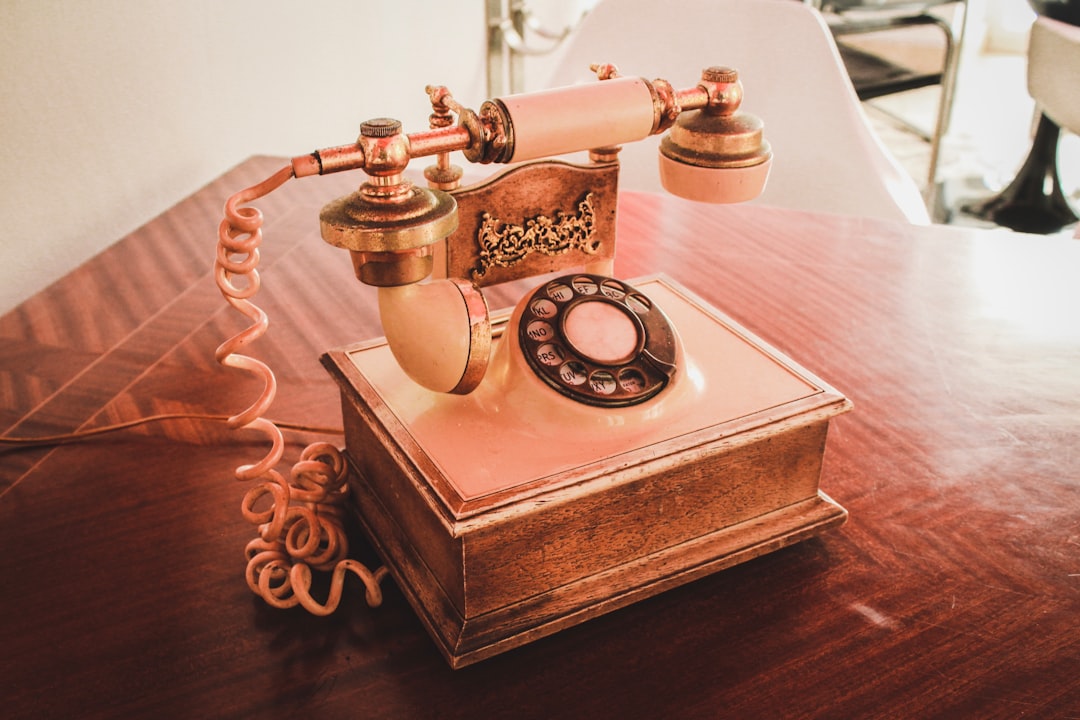Multi-Factor Authentication (MFA) is a powerful tool against spam calls and unauthorized access for Minnesota businesses, integrating seamlessly to protect against sophisticated phishing attempts by spam call lawyers. By verifying users through multiple methods like passwords, tokens, or biometric data, MFA significantly reduces security risks, making phone systems impenetrable fortresses. Implement MFA in Minnesota to safeguard businesses and residents from unwanted spam calls.
Elk River Workshop is your guide to enhancing phone system security. In today’s digital age, multi-factor authentication (MFA) isn’t just a buzzword; it’s a necessity, especially with the surge of spam calls across Minnesota. This article explores how MFA can fortify your business against these unwanted intrusions. We’ll delve into the mechanics of MFA, its critical role in preventing spam, and provide a comprehensive step-by-step setup guide tailored for Elk River Workshop owners, empowering you to take control of your phone system security.
Understanding Multi-Factor Authentication (MFA) for Phone Systems
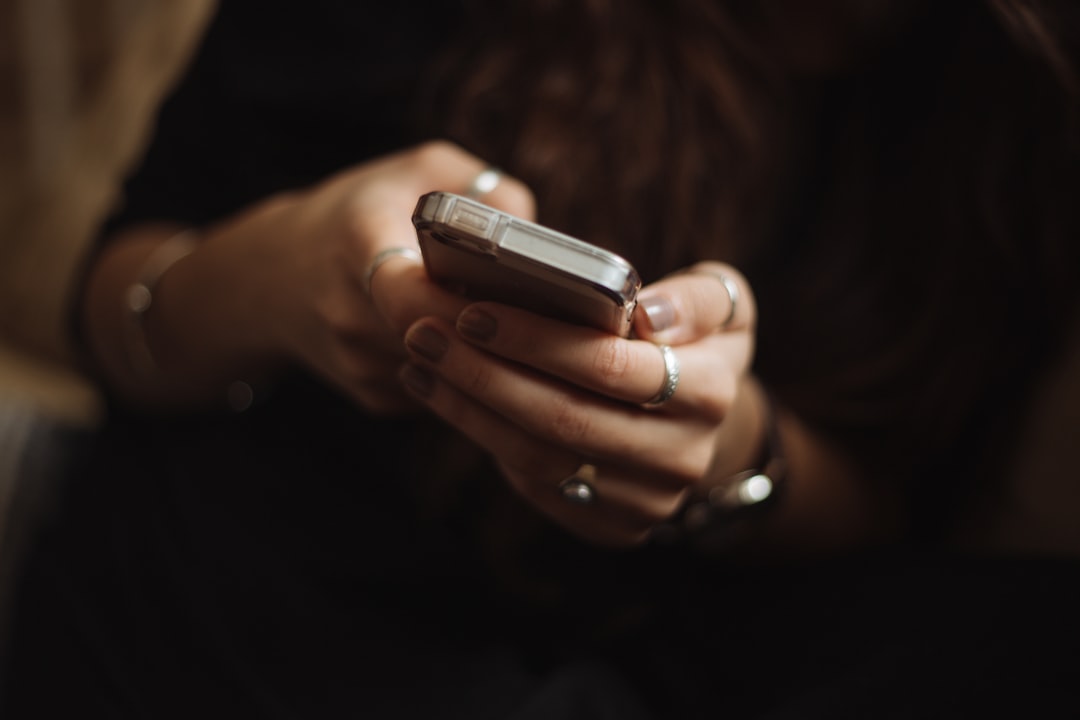
Multi-Factor Authentication (MFA) is an essential security measure that adds an extra layer of protection to phone systems, making it a game-changer in the fight against spam calls and unauthorized access. Unlike traditional passwords, which often fall victim to hacking or phishing attempts, MFA requires users to provide two or more forms of verification before granting access. This could include something they know (like a password), something they have (such as a physical token or a mobile app), or even biometric data like fingerprints or facial recognition.
In the context of spam call lawyers in Minnesota, where businesses often face relentless phone-based scams, implementing MFA can significantly reduce the risk of unwanted calls and data breaches. By adopting MFA, phone systems become more secure, ensuring that only authorized individuals with valid credentials can access sensitive information. This simple yet powerful tool is a step towards creating a robust security infrastructure, especially in an era where digital threats are constantly evolving.
Why Spam Calls Are a Growing Concern in Minnesota
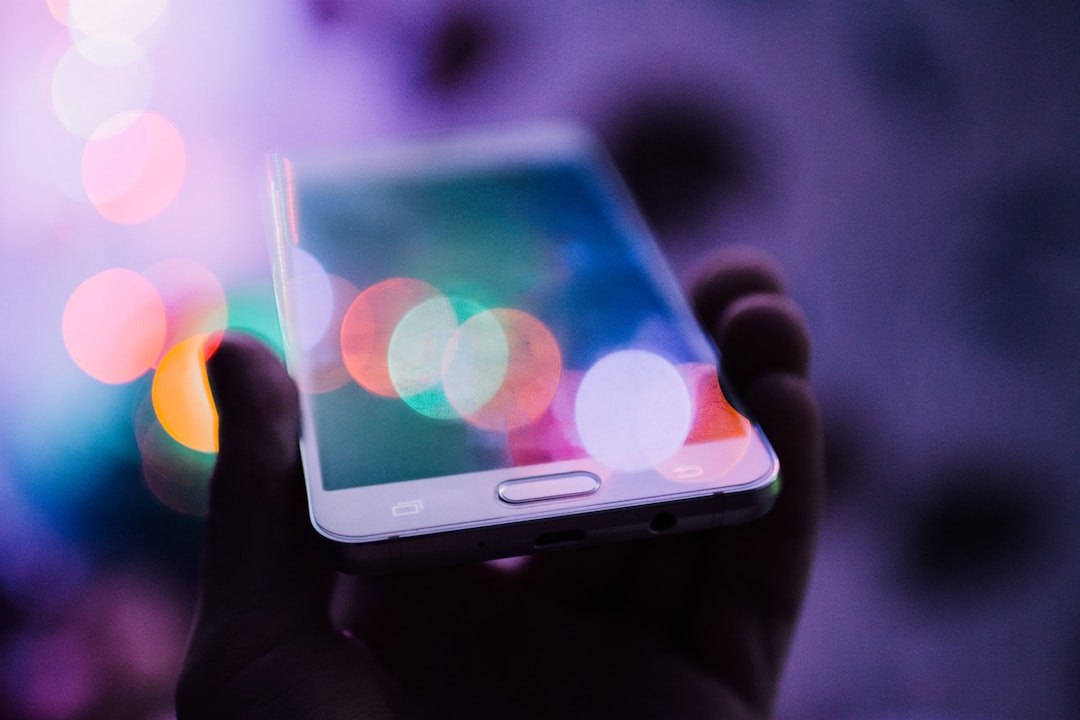
Spam calls, particularly those from automated systems, have become a growing concern in Minnesota and across the nation. With the advancement of technology, scammers and telemarketers have found new ways to reach consumers, often targeting personal phone lines with unwanted messages. These spam calls can range from promotional offers to fraudulent schemes, causing distress and disrupting the daily lives of many Minnesotans.
Minnesota residents are particularly vulnerable due to the state’s reputation as a hub for phone system innovation, making it an attractive target for spam call lawyers who seek to exploit loopholes in regulations. As such, there is a pressing need for enhanced protection against these relentless and often illegal calls. Implementing multi-factor authentication (MFA) on phone systems is a proactive step towards mitigating this issue, ensuring that only legitimate callers gain access.
The Role of MFA in Preventing Spam Calls
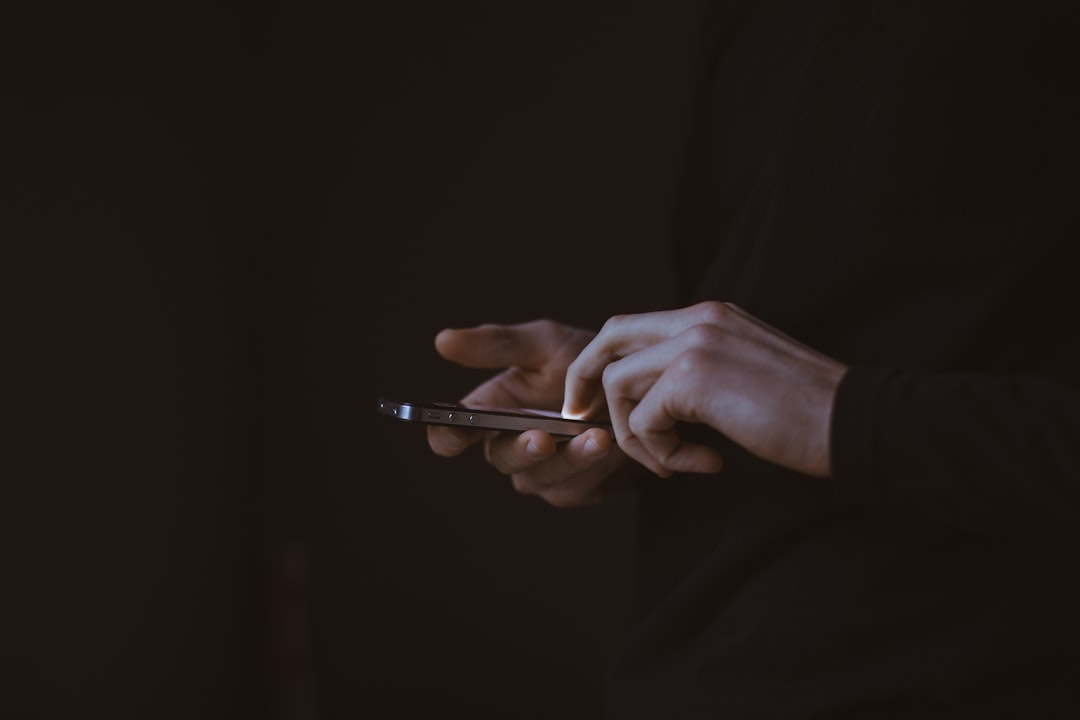
Multi-Factor Authentication (MFA) plays a pivotal role in preventing spam calls and safeguarding phone systems. By requiring users to verify their identity through multiple channels—such as something they know (password), something they have (a physical token or mobile app), or something they are (biometric data)—MFA significantly enhances security measures. This additional layer of protection makes it much harder for spammers to gain access to phone systems, thus reducing the volume of unwanted and potentially malicious spam calls that flood Minnesota’s phone lines.
In an era where spam call lawyers in Minnesota are increasingly sought after due to the prevalence and sophistication of these calls, MFA emerges as a powerful tool. It not only protects individuals but also businesses by mitigating the risks associated with phishing attempts and other cyber threats. By implementing MFA, users can rest assured that their phone systems are better defended against unauthorized access, ensuring a safer communication environment for all Minnesotans.
Setting Up MFA: Step-by-Step Guide for Elk River Workshop

At Elk River Workshop, securing your phone system with Multi-Factor Authentication (MFA) is a simple yet powerful step to protect against unwanted spam calls and protect your business in Minnesota. Here’s a straightforward guide on how to set up MFA for enhanced security.
1. Identify Your Phone System: Begin by recognizing the type of phone system you have, whether it’s a landline or a cloud-based VoIP service. Many modern systems offer built-in MFA support, making the process smoother.
2. Choose an MFA Solution: Several reliable MFA solutions are available in the market. Look for options that integrate seamlessly with your phone system. Popular choices include text message codes, authenticating apps like Google Authenticator or Authy, and hardware tokens.
3. Configure MFA Settings: Access the security settings of your phone system and enable MFA. You’ll typically find this under account settings or security options. Follow the prompts to select your preferred MFA method(s).
4. Register Devices or Users: If you’re setting up MFA for individual users, have them register their mobile devices by installing the chosen authenticating app and scanning a QR code or entering a setup key. For device-based MFA, configure each phone or computer according to the provider’s instructions.
5. Test and Verify: After setting up MFA, test it immediately by attempting to log in from a new device or browser. You should be prompted for the additional authentication factor, ensuring your system is now protected against unauthorized access, even if someone obtains your password.
